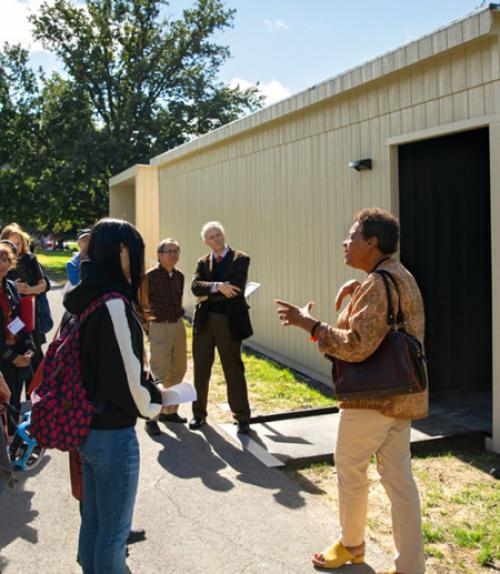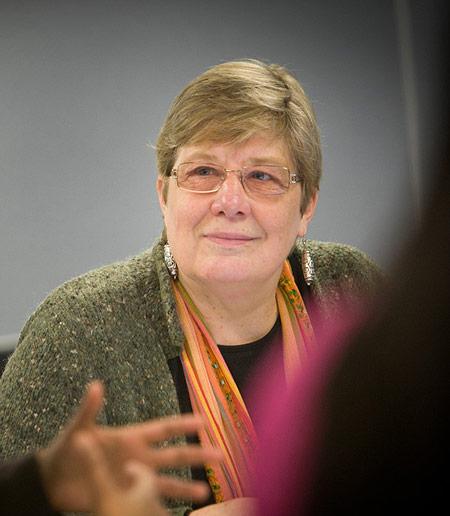
 Department Homepage
The College of Arts & Sciences
Department Homepage
The College of Arts & Sciences
CCA Biennial launches with art projects across campus
The 2018 Cornell Council for the Arts (CCA) Biennial launched with a tour of outdoor projects on campus Sept. 28 and artist panels at a conference Sept. 29. The Biennial features Cornell and invited artists, such as Carrie Mae Weems and Xu Bing, with 18 project installations and performances on the theme “Duration: Passage, Persistence, Survival,” curated by CCA director Timothy Murray.



